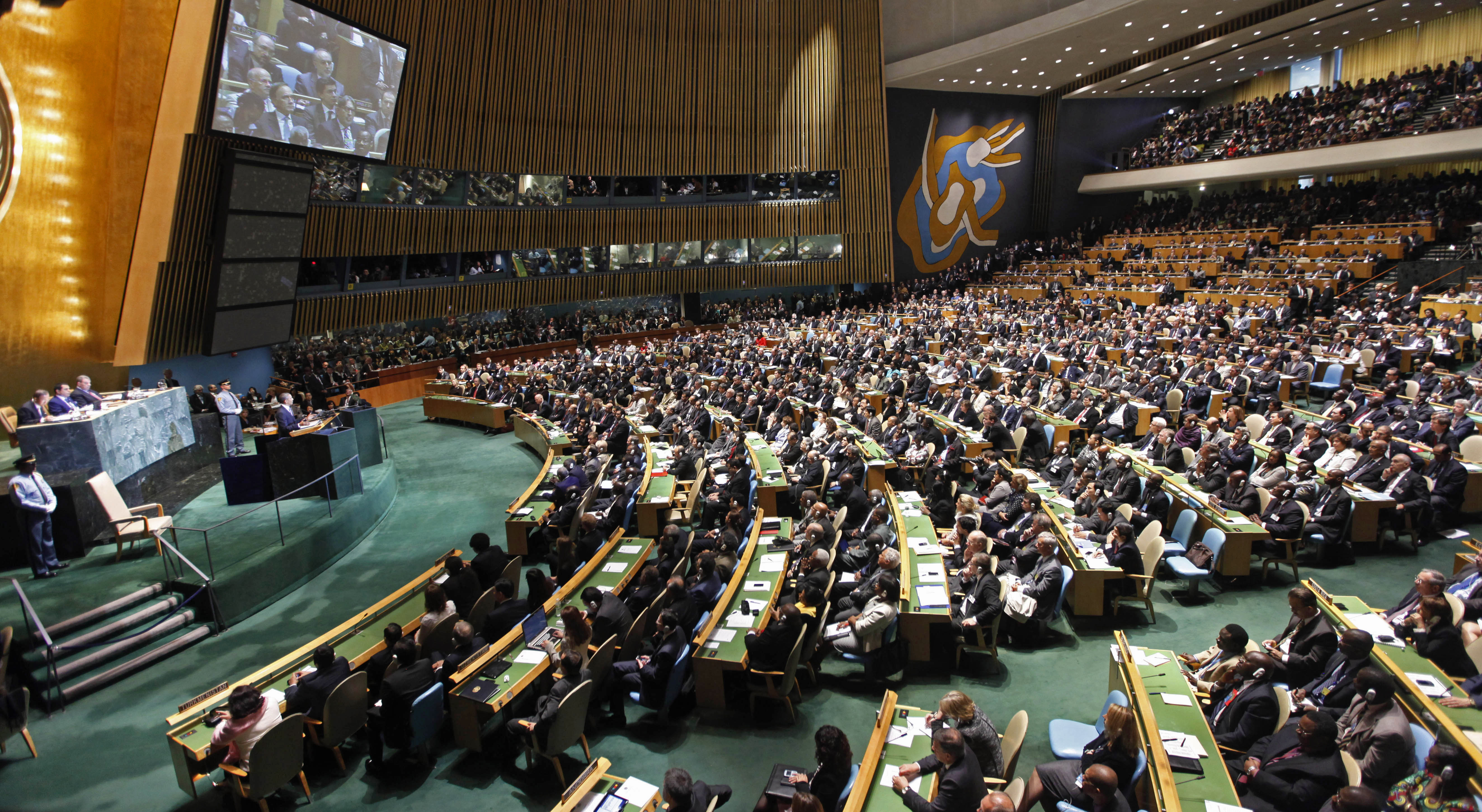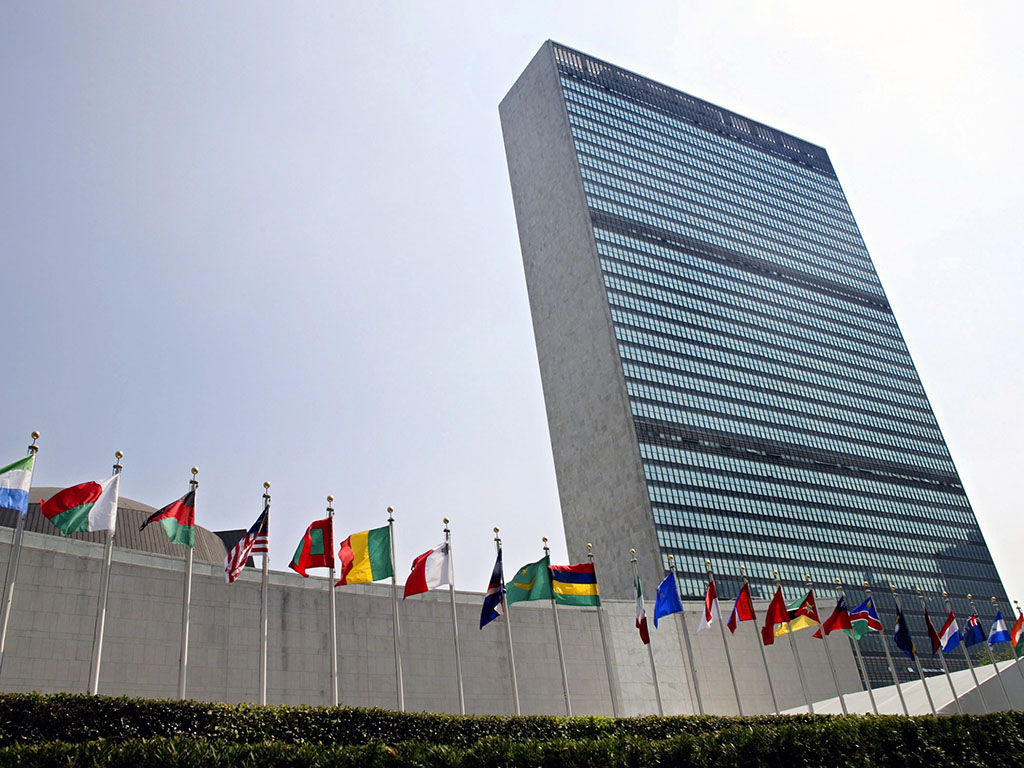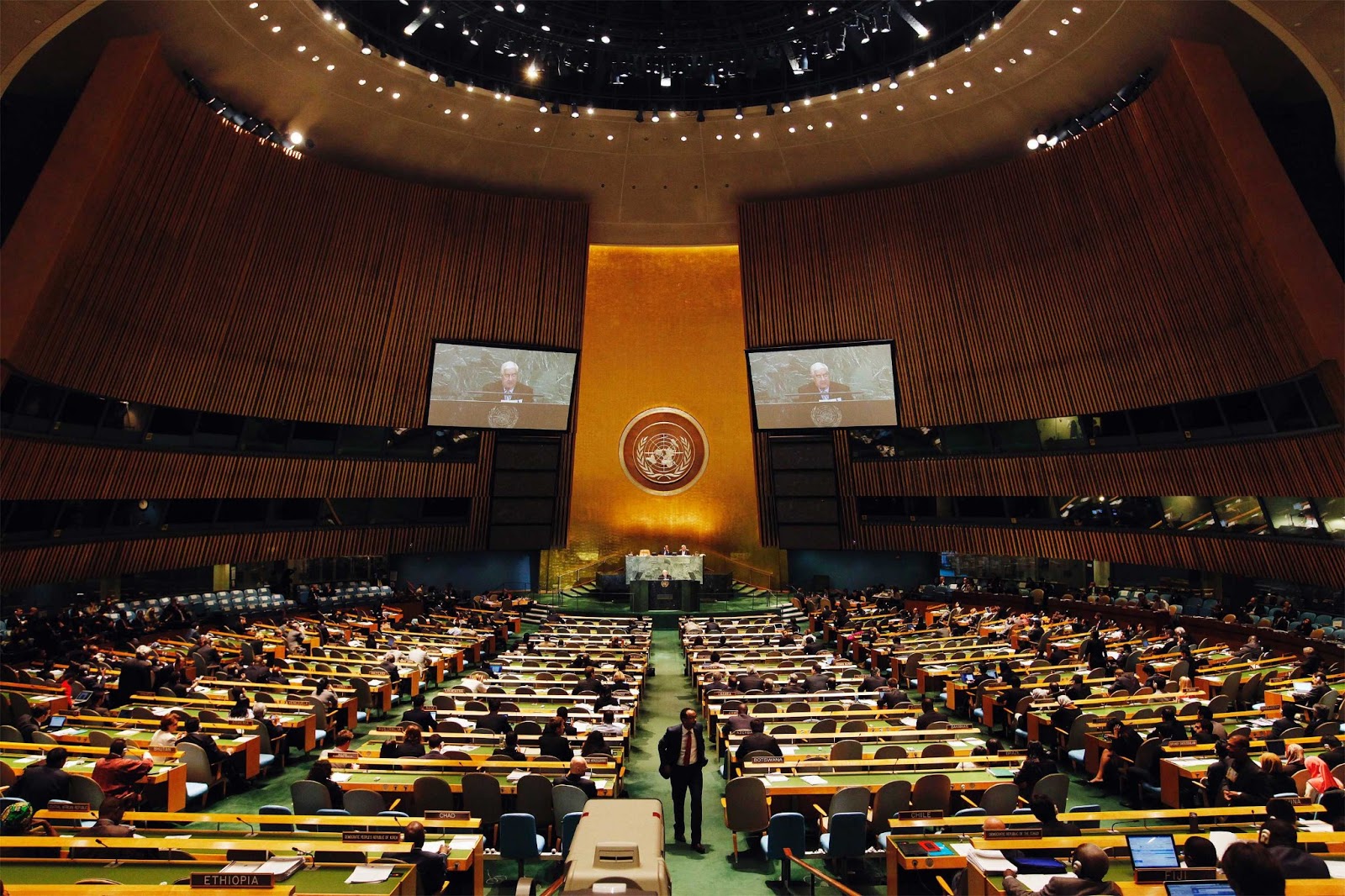The success of the post-2015 development agenda depends on adopting global goals for sustainable development and on designing a robust accountability system. All stakeholders should be involved in the accountability framework. While sustainable development goals (SDGs) are universal in character, they need to be adapted to national contexts, according to specific sets of constraints and opportunities. Countries need also to specify their global commitments to create an enabling environment for sustainable development worldwide. The adaptation of global goals into national targets ensures ownership and facilitates answerability, thus promoting an accountability framework that is inclusive, transparent and participatory bottom-up process.
SDG #17: Partnerships for the goals

The global economic crisis of 2008-2009 exposed systemic failings at the core of economic policymaking worldwide. The crisis came on top of several other crises, including skyrocketing and highly volatile world food and energy prices and climate chan

CDP Background Paper No. 14
By the Secretariat of the Committee for Development Policy
This report makes some preliminary suggestions for actions to be taken by the international development community and the graduating countries t

This paper reviews conflict as one of potential factors that could be incorporated in the identification of least developed countries (LDCs). It is not clear whether conflict can be considered as a structurally predetermined handicap as those identified in LDC criteria. More importantly, even if countries may be caught in a conflict trap, adding conflict indicators to the LDC criteria does not provide additional insights to enhance our understanding of the category. And adding conflict indicators is unlikely to introduce changes in country classification. Many of the factors associated with conflict are already incorporated in the indicators used to identify LDCs, and, therefore, the inclusion of an explicit conflict indicator - to capture the risk of falling into conflict given conflict in the past - in the LDC criteria would not affect the composition list of LDCs.

Structural economic vulnerability is a major obstacle for the development of LDCs. The paper discusses the conceptual, methodological and empirical issues related to the economic vulnerability index (EVI) developed and used by the Committee for Development Policy (CDP) in the identification of LDCs. It also addresses the relation between physical and economic vulnerability to climate change as well as the role of the EVI in allocating official development aid and as tool for development research.
 Welcome to the United Nations
Welcome to the United Nations
